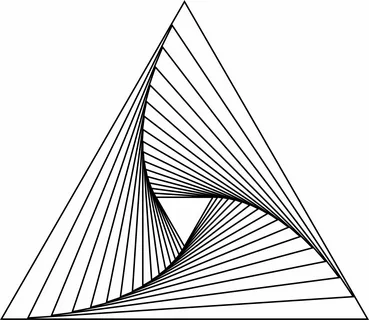In today’s world of technology and science, the term vector is everywhere. From graphic design to physics and even data science, vectors play a pivotal role. But what exactly is a vector? Why is it so important, and how does it shape various fields? In this article, we’ll dive deep into the world of vectors, their applications, and why understanding them can give you an edge in multiple domains.
What is a Vector?
At its core, a vector is a quantity that has both magnitude and direction. Unlike a scalar, which only has magnitude (like temperature or mass), a vector provides more detailed information. Think of a vector as an arrow: its length represents how much (magnitude), and its direction shows where it’s pointing.
In mathematical terms, vectors are often represented in coordinate form like (x, y) in 2D space or (x, y, z) in 3D space. These numbers indicate the vector’s position and direction relative to an origin point.
Vectors in Physics
One of the most common uses of vectors is in physics. Quantities such as velocity, acceleration, force, and momentum are all vectors. For example, if you say a car is moving at 60 km/h to the north, you’re describing a vector — speed (magnitude) and direction.
Understanding vectors in physics allows scientists and engineers to predict and analyze movement, collisions, and other interactions between objects in motion.
Vectors in Mathematics
Vectors are a fundamental part of linear algebra, used extensively in geometry and calculus. Operations like vector addition, subtraction, scalar multiplication, and dot or cross products are all essential tools in solving complex problems.
Vectors can represent everything from spatial coordinates and transformations to equations of lines and planes. They’re foundational in building more advanced mathematical concepts and models
Vectors in Computer Graphics and Design
In the world of graphic design, the term “vector” has a slightly different but equally important meaning. Vector graphics are images created using paths, not pixels. These paths are defined by mathematical equations, allowing vector images to scale infinitely without losing quality.
Unlike raster graphics (like JPEGs or PNGs), vector graphics (like SVGs, AI, and EPS files) are ideal for logos, icons, and illustrations that need to be resized frequently. Adobe Illustrator and CorelDRAW are popular tools used to create and manipulate vector art.
Because of their scalability and clean edges, vector graphics are essential for branding, web design, print media, and user interface design.
Vectors in Data Science and Machine Learning
Vectors also play a crucial role in data science and machine learning. In these fields, vectors represent data points, features, or even entire datasets. A vector might be something like (5, 2.3, 0.1, 7), representing four different features of a product.
Machine learning algorithms, such as support vector machines or neural networks, rely heavily on vectors to process and interpret data. Without vectors, machines wouldn’t be able to classify, predict, or learn from the information we give them.
Why the Focus on Vectors Matters
Focusing on vectors allows us to unlock deeper insights across disciplines. Whether you’re an artist designing a scalable logo, a physicist modeling a rocket’s trajectory, or a data scientist training an AI, vectors provide the tools needed to work with direction and dimension.
Understanding vectors not only improves problem-solving skills but also enhances your ability to think spatially and logically — skills that are in high demand across STEM and creative fields alike.
Conclusion
Vectors are much more than arrows on a graph — they are the language of movement, direction, and design. From physics to computer graphics and machine learning, vectors power the tools and systems we rely on every day. By learning how vectors work and where they apply, you can build a strong foundation for success in science, technology, and art.
Whether you’re a student, professional, or simply curious, embracing the concept of the vector opens up a universe of possibility. So the next time you see an arrow, remember: it’s not just pointing — it’s teaching.
SEO Keywords: vector, what is a vector, vector graphics, vectors in physics, vectors in math, vector in data science, vector image, vector design, vector definition

